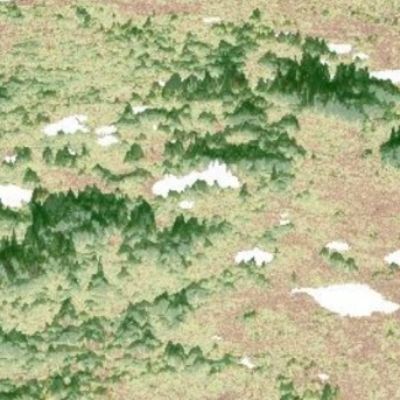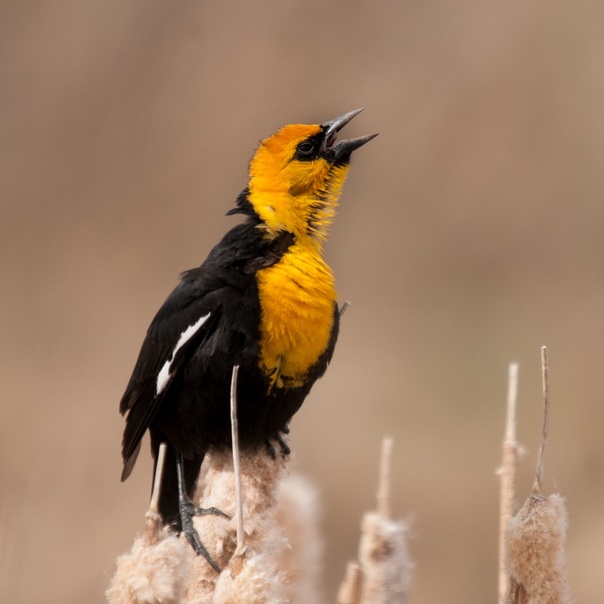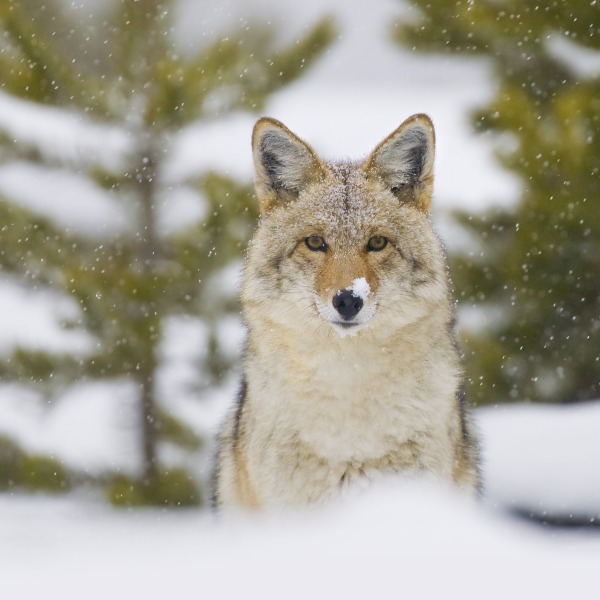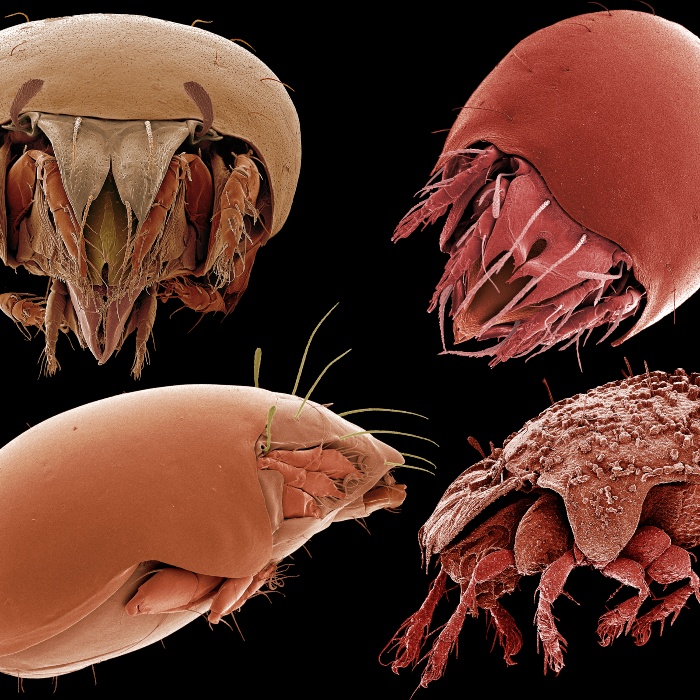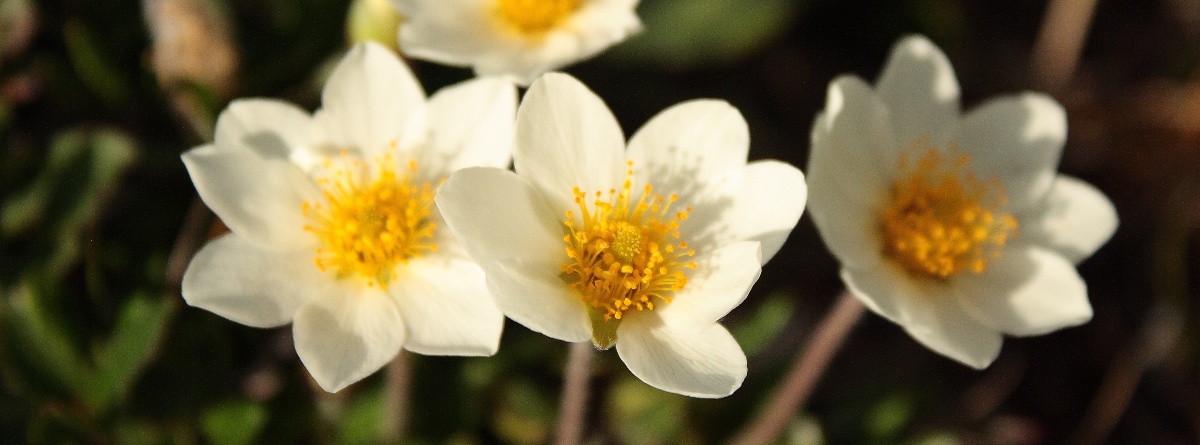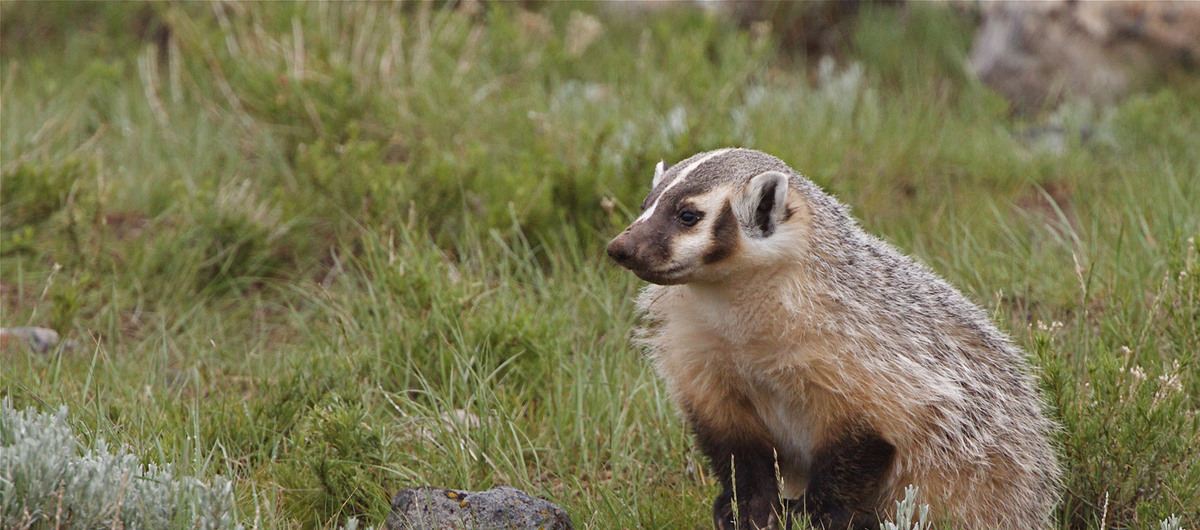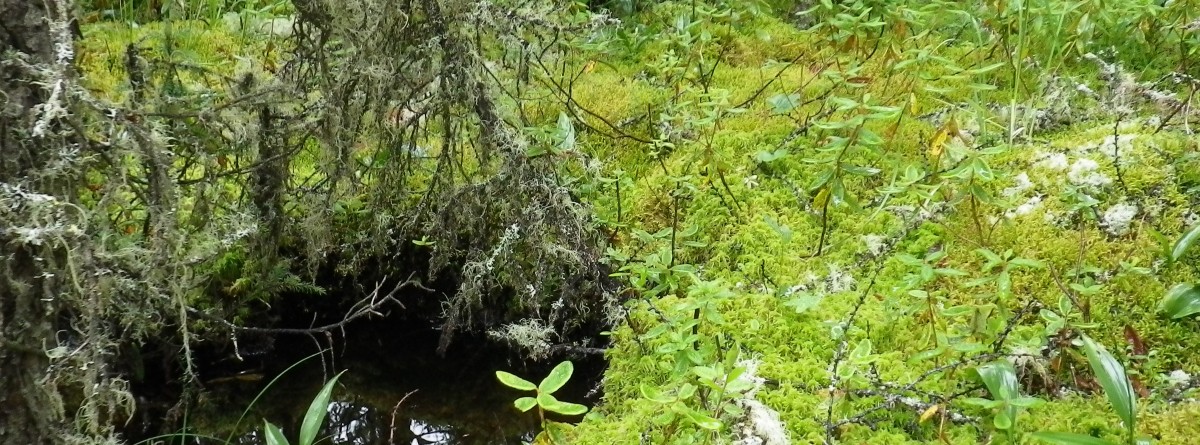
Bryophytes
Mosses and liverworts (bryophytes) are primitive plants often characterized by their small size. They do not have flowers but instead reproduce by spore-filled capsules. They play important roles in many ecosystems, contributing to nutrient cycling, decomposition, and productivity.
Bryophytes can be used as reliable indicators of habitat conditions such as soil type, pH, nutrient availability, and moisture.
The ABMI collects bryophytes from ecosystems across the province, including wetlands, boreal forests, and the prairies. Bryophytes are reliable bioindicators—the species we collect can tell us about ecosystem health. These samples can also be leveraged for other purposes such as genetic research and pollution studies.
Alberta is home to a rich and diverse bryophyte flora with over 600 species. Learn more about them in the ABMI's Biodiversity Browser and access our monitoring data and analysis.

Alpine Thyme-moss (Plagiomnium medium)
Tiny Plants with a Big Impact
Bryophyte samples—roughly the size of your palm—are often made up of a dozen or more species. Although easily overlooked, these tiny plants provide many ecosystem services. For example, they help maintain moisture on the forest floor, which in turn allows other plants to establish and grow.
Through the Microscope
You need to get very close to bryophytes to correctly identify them! Small differences in cellular structure or reproductive traits help differentiate otherwise similar-looking species. Ensuring we accurately identify our samples is critical in understanding each species' ecology and provides valuable information about habitat health.
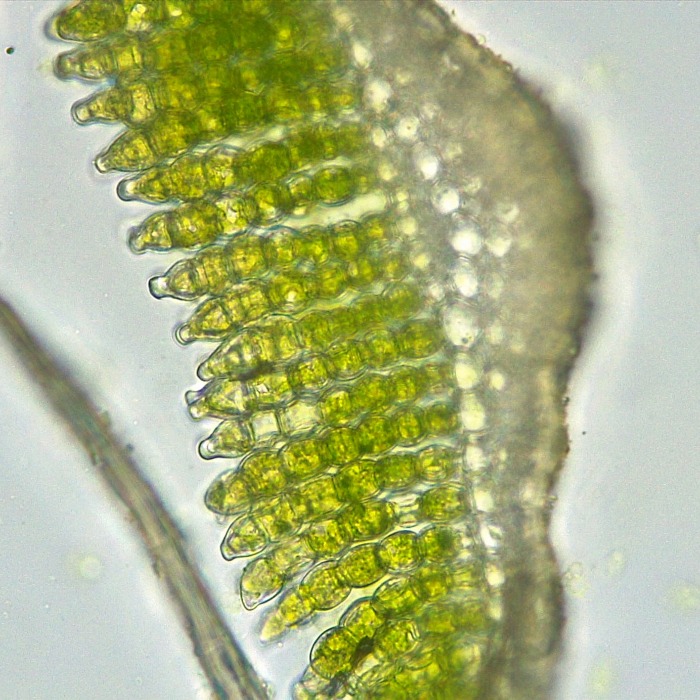
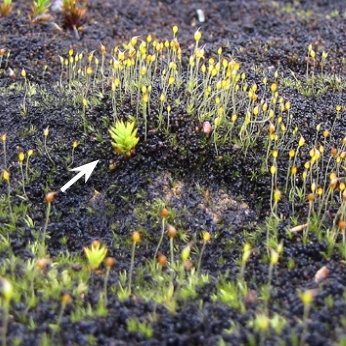
Polytrichum jensenii, Jensen's Polytrichum Moss
Species Discoveries
ABMI surveys have detected plant species that have never been reported or confirmed in Alberta, as well as new records for Canada.
What's in a Name?
Putting names on bryophyte samples is no small task. Each stem within a sample is scrutinized under a microscope and different parts (leaves, stems, and capsules) are dissected for accurate identification. Complicated or novel specimens are set aside for external verification and comparison against reference material. Most samples are retained for reference, for use as vouchers or for other research projects.
The primary taxonomic keys we use are the Flora of North America North of Mexico and the Illustrated Flora of Nordic Liverworts and Hornworts. We also use illustrated keys and glossaries such as The Intricate Beauty of Sphagnum Mosses—A Finnish Guide to Identification and Mosses and Other Bryophytes: An Illustrated Glossary.
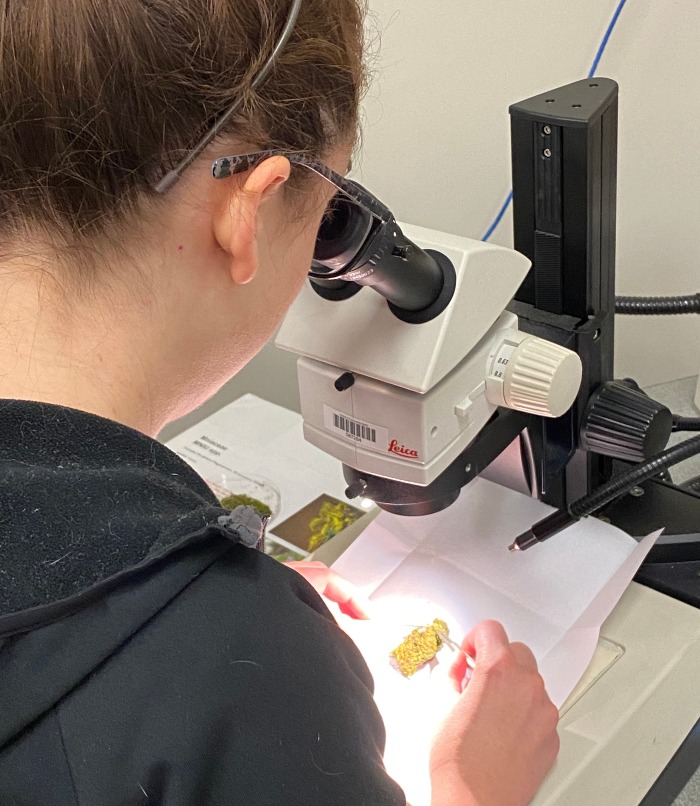
Workflow – Life of a Collection
Collected
Many bryophytes are habitat specialists, so our field technicians target a range of microhabitats (logs, trees, soil, wet depressions, and rocks) to capture a site's diversity.
Processed
Back in the lab, the samples are dried to maintain integrity and then frozen to decrease the chances of contamination or infestation.
Sorted
Samples are packaged into acid-free envelopes while extraneous duplicates are separated out.
Identified
We use dissection and microscopy to accurately identify each specimen to the lowest taxonomic level possible. Complicated or novel specimens are set aside for outside verification and comparison against reference material.
Data Generated
We enter every specimen into our database, which is made publicly available after quality checks.
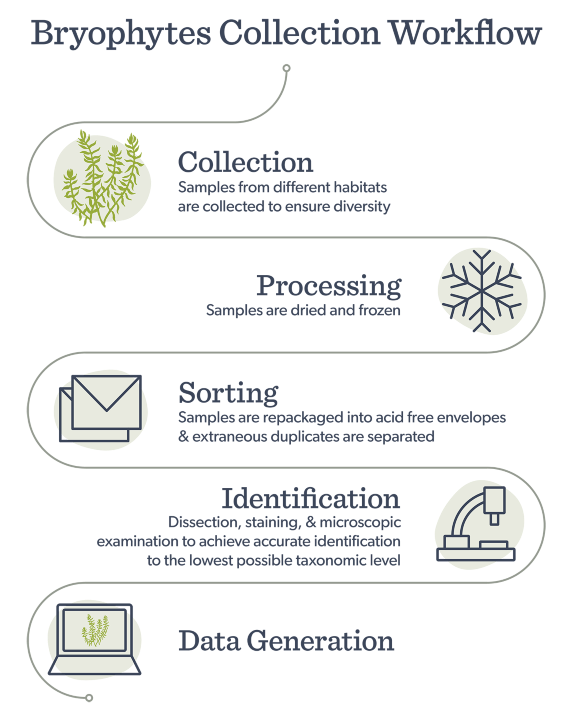.png)
The ABMI’s Geospatial Centre is working on novel methods to monitor the recovery or regeneration of human footprint features. Using the Landsat historical imagery archive, we have attempted to track and measure the spectral regeneration of human footprint features such as harvest areas, mines, and wellsites.
Learn more about bryophytes and why they are important to monitor. Find out more about individual bryophyte species in Alberta on ABMI's Biodiversity Browser.
This project focuses on the development of satellite remote sensing algorithms for mapping and monitoring cyanobacterial algal blooms in popular recreational lakes in Alberta.
